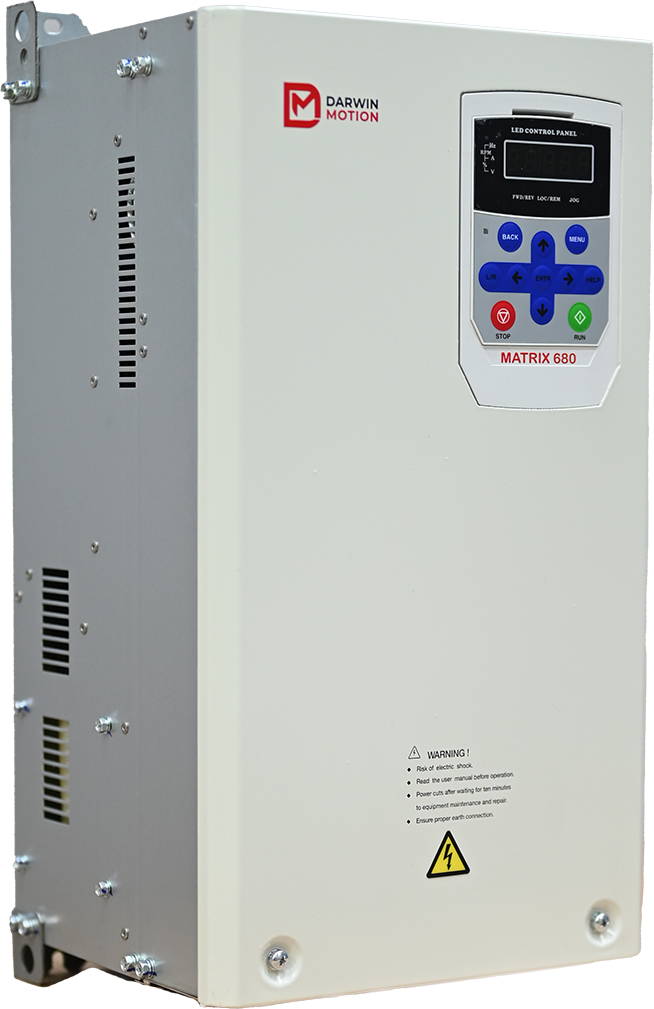Posted on 2nd Nov 2024

AC Drives (VFDs) are essential components in many industrial and commercial applications, controlling the speed and torque of electric motors. However, like any technology, VFDs can experience faults and failures that lead to downtime and increased maintenance costs. Understanding how to prevent these issues is crucial for maximizing efficiency and reliability. In this article, we’ll explore common VFD faults, their causes, and best practices for prevention.
VFDs can be sensitive to voltage fluctuations. Overvoltage can occur due to sudden spikes in power, while undervoltage may result from drops in the electrical supply. Both scenarios can lead to VFD malfunctions.
Prevention Tip: Install surge protectors and voltage regulators to stabilize power supply and prevent voltage fluctuations.
Overcurrent faults can happen when the VFD is overloaded or when there are issues with the motor. This can cause the VFD to shut down to protect itself and the motor from damage.
Prevention Tip: Regularly check the motor load and ensure it is within the VFD’s rated capacity. Implement current monitoring systems to catch overload conditions early.
Excessive heat can damage VFD components and lead to premature failure. Poor ventilation, dust accumulation, and high ambient temperatures can all contribute to overheating.
Prevention Tip: Ensure proper cooling and ventilation around the VFD. Regularly clean dust and debris from vents and fans to maintain airflow.
Inadequate grounding can lead to electrical noise, which may interfere with the VFD’s operation and cause faults.
Prevention Tip: Ensure proper grounding practices are followed during installation. Use shielded cables and maintain good grounding to reduce electrical noise.
Over time, components such as capacitors and fans can wear out, leading to potential failures.
Prevention Tip: Schedule regular maintenance checks to inspect and replace worn components before they cause issues. Keeping a log of component lifetimes can help predict when replacements are needed.
Conduct routine inspections to identify potential issues before they lead to failures. Check connections, wiring, and physical conditions of the VFD regularly.
Utilize monitoring systems to track VFD performance metrics such as temperature, voltage, and current. Anomalies in these readings can signal impending faults.
Use data analytics and predictive maintenance tools to anticipate failures based on historical performance data. This proactive approach can minimize unexpected downtime.
Ensure that staff operating and maintaining VFDs are adequately trained. Knowledgeable personnel can recognize warning signs and react appropriately, reducing the risk of faults.
VFDs often come with firmware that can be updated to improve performance and reliability. Regularly check for updates from the manufacturer to ensure your VFD is running the latest software.
Preventing VFD faults and failures is crucial for maintaining operational efficiency and reducing downtime. By understanding common issues and implementing best practices for maintenance and monitoring, you can significantly enhance the reliability of your VFD systems. According to Darwin Motion VFD Manufacturer, regular inspections, proper training, and a proactive approach to maintenance will not only extend the lifespan of your VFDs but also contribute to the overall efficiency of your operations.
Invest in the reliability of your Variable Frequency Drives and ensure smooth, uninterrupted performance in your motor applications!